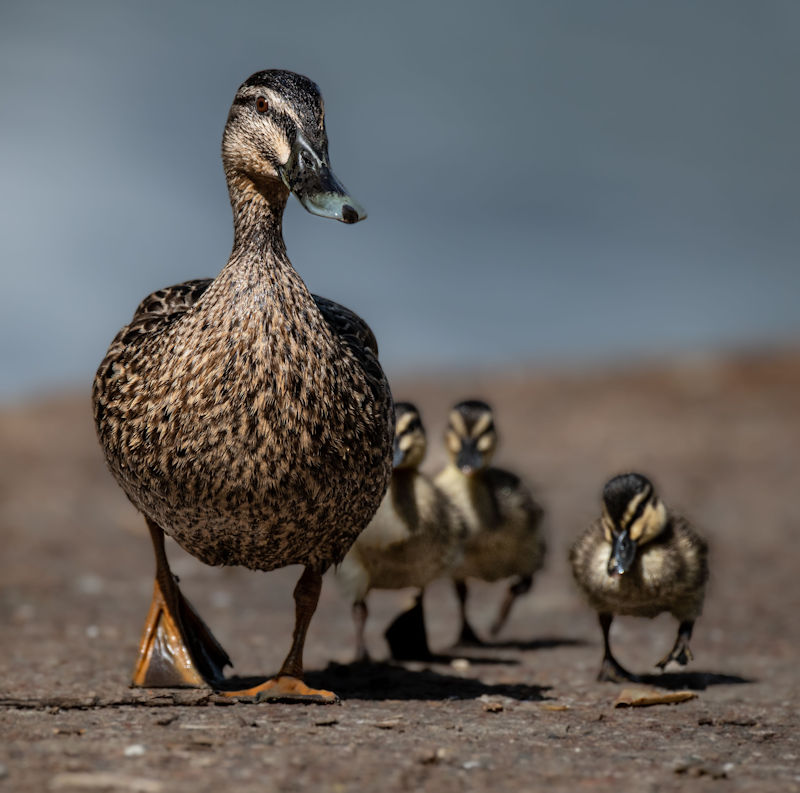The quiet marshlands, where waterfowl nest, tell tales of unseen battles. The play of predator and prey is age-old, but today, it’s skewed, tipping the scales against our waterfowl. This article delves into the intricate world of waterfowl conservation, focusing on the detrimental impact of predators on nest success and how the practice of trapping emerges as a crucial tool in restoring balance.
Predator Control – A Necessity for Nest Protection
In recent times, the natural balance between waterfowl and their predators has been thrown off-kilter. Predators that were once kept in check by natural cycles and larger predators are now flourishing, turning waterfowl nests into their hunting grounds. The increased predator population, including foxes, raccoons, and skunks to name a few, has led to a dramatic decline in waterfowl nesting success. Studies reveal that in some regions, the predator-induced failure of waterfowl nests has reached an alarming 70%.
Waterfowl Conservation – Beyond Mere Numbers
Waterfowl conservation isn’t just about preserving numbers; it’s about maintaining ecological balance and biodiversity. The decline in waterfowl due to unchecked predator populations doesn’t only affect the birds but also the wetland ecosystems. Waterfowl play a crucial role in these ecosystems, from being key players in nutrient cycling to supporting aquatic plant life.
Nest Destruction – A Silent Culprit
The destruction of nests by predators is a silent culprit in the decline of waterfowl populations. It’s not just the loss of eggs or hatchlings; it’s the loss of future generations. Every nest destroyed means a potential brood that won’t see the light of day, further exacerbating the decline in waterfowl numbers.
Effective Trapping – A Crucial Tool
Trapping is a management tool that, while controversial, has shown effectiveness in protecting waterfowl nests. By controlling predator populations in key nesting areas, trapping provides a window of safety for waterfowl during their most vulnerable periods. It’s not about eliminating predators but managing them in a way that allows both predators and prey to coexist sustainably.
Success Stories – The Proof is in the Puddles
There are success stories aplenty, where targeted trapping programs have led to a notable increase in waterfowl nesting success. For instance, in certain managed areas, after the implementation of trapping programs, waterfowl nesting success saw an increase from a meager 10% to a promising 60%. These figures not only highlight the effectiveness of trapping but also underscore its role as a vital conservation tool.
Balancing Act – Conservation in the Modern World
The debate around trapping is a complex one, intertwined with ethical, ecological, and practical considerations. However, in the context of modern conservation, where human impact has already altered natural balances, trapping emerges as a necessary tool in the conservationist’s toolkit. It’s a balancing act, ensuring the survival and flourishing of waterfowl populations while maintaining the integrity of ecosystems.
Conclusion – Trapping as a Conservation Strategy
In conclusion, the preservation of waterfowl populations in the face of increasing nest destruction by predators is a multifaceted challenge. Trapping, when done responsibly and scientifically, offers a viable solution to this problem. It’s about finding a middle ground where the survival of waterfowl nests is secured, and the natural balance is restored, ensuring the continuity of the rich tapestry of marshland life.

